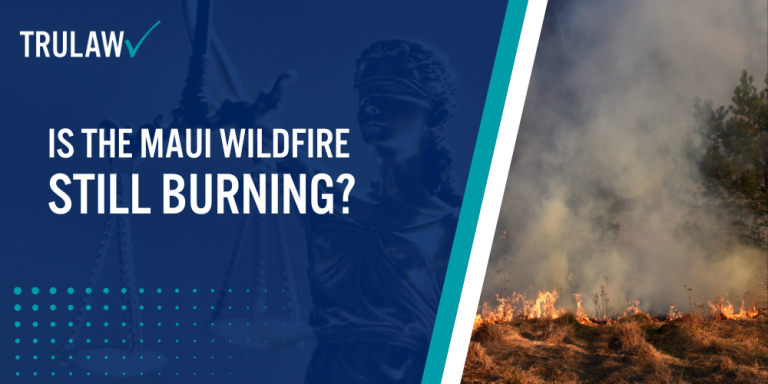The 2023 Maui Wildfire, one of the deadliest and most destructive wildfires in U.S. history, has had a profound effect on the island’s residents, ecology, and economy.
As of the latest reports, the Maui Wildfire is still burning, but it is no longer an active threat.
Emergency services are work hard to extinguish the last of the flames to put an end to the end of a catastrophic wildfires that lasted nearly two months.
Maui News Sources
Following the containment of the wildfire, local authorities have been releasing regular updates regarding the recovery and restoration efforts.
News sources report that while progress has been slow, there are signs of recovery in the affected areas.
The community’s resilience and the support from various organizations have been instrumental in these efforts.
The Containment Efforts and Their Effectiveness
The containment of the Maui Wildfire was a significant challenge due to its scale and the harsh weather conditions.
It took the relentless efforts of local and national firefighting resources, employing both ground and aerial firefighting techniques, to eventually extinguish the fire.
These efforts, while effective in containing the fire, have prompted discussions on the need for more comprehensive wildfire management strategies.
The lessons learned from the Maui Wildfire are being used to inform future firefighting efforts, with an emphasis on early detection, rapid response, and community preparedness.


